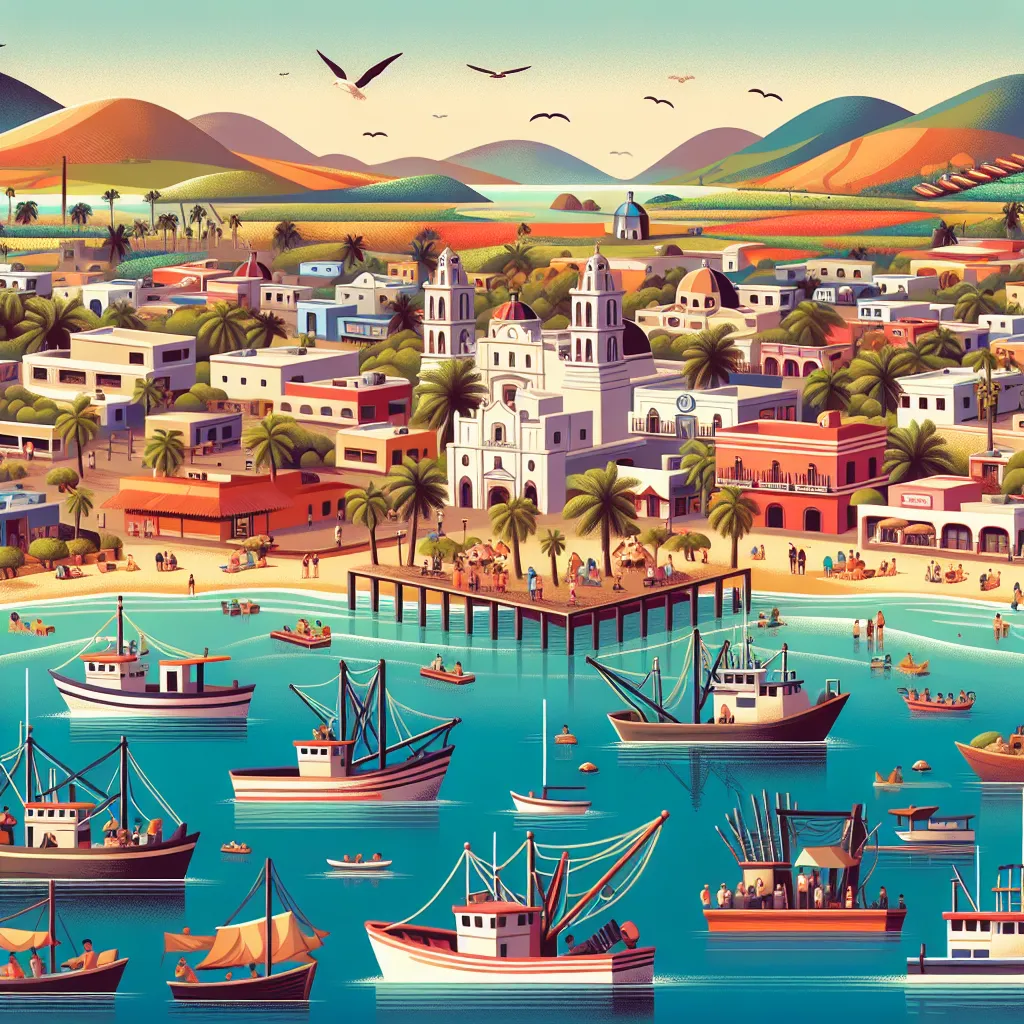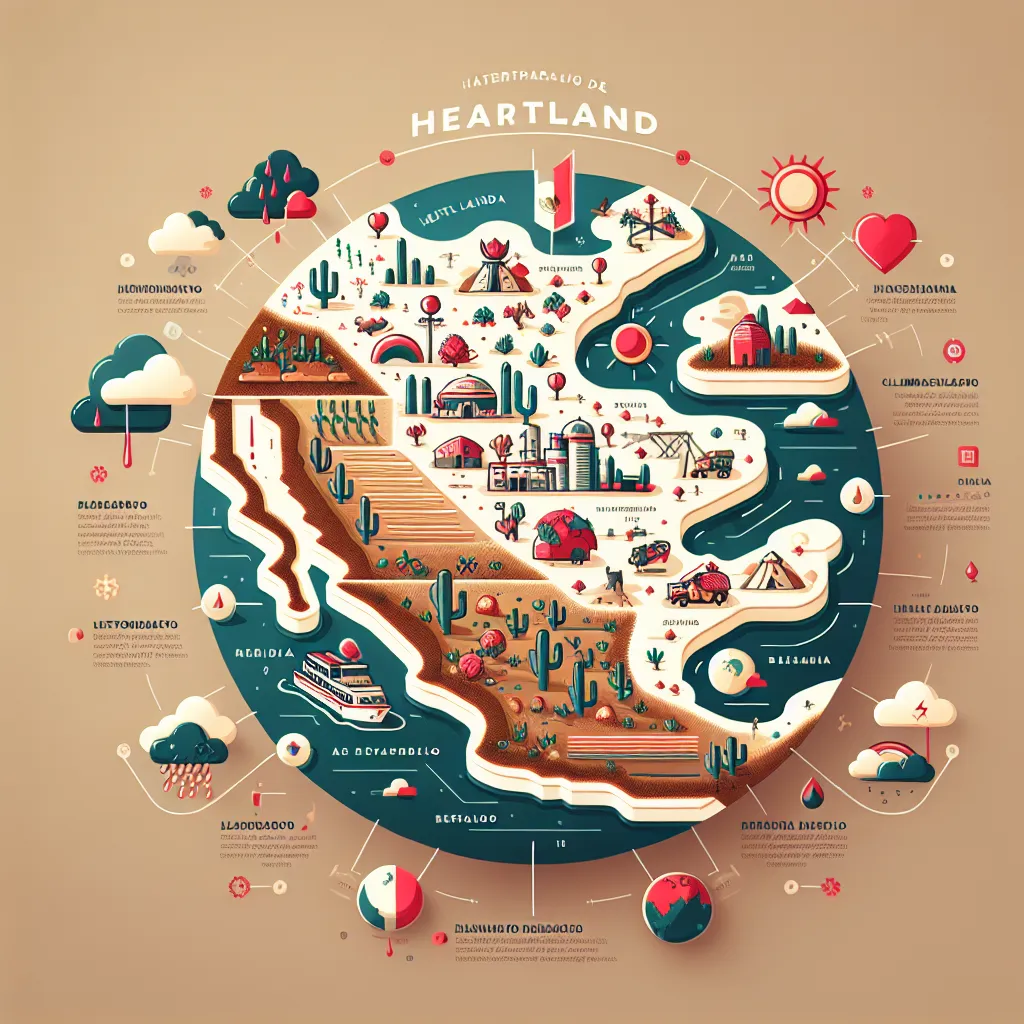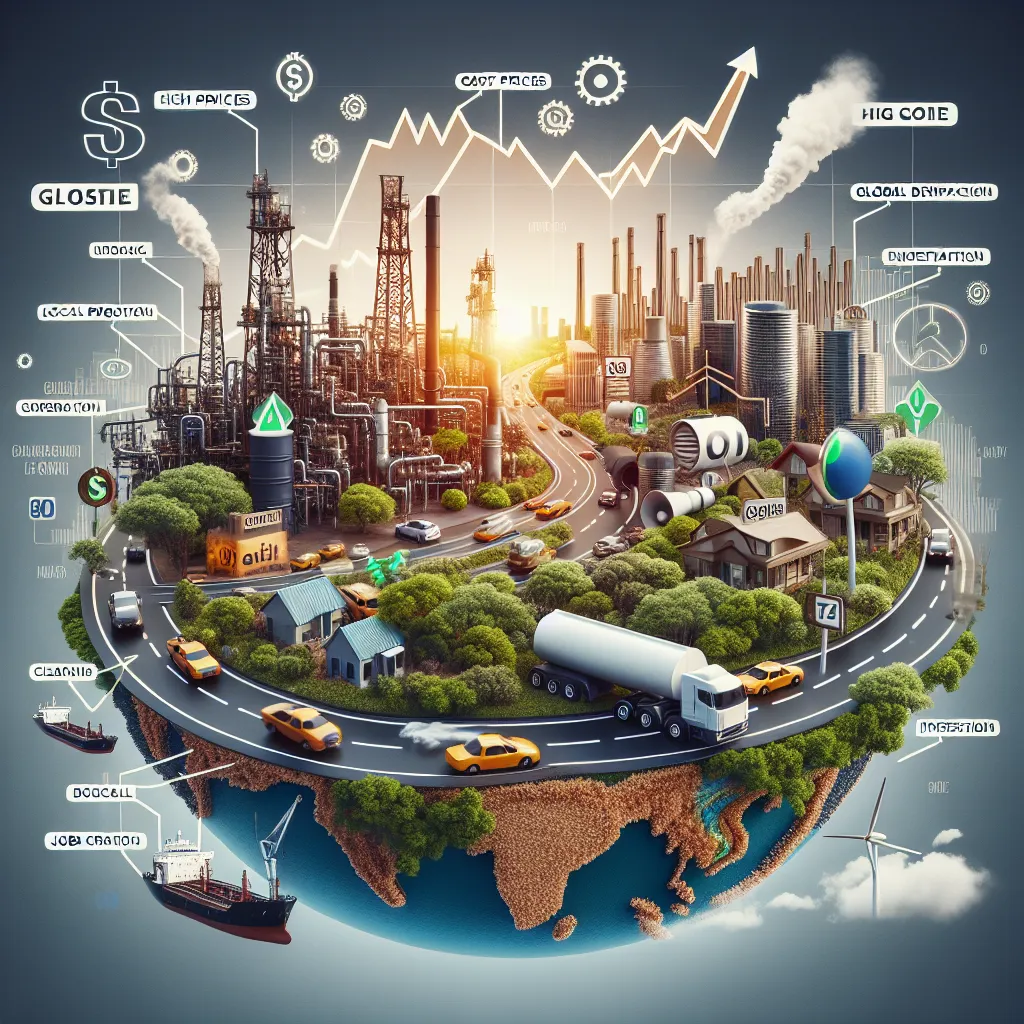Ask AI on The Internet
Question: How do conditons in the coastal regions of mexcio influence economic activites
Coastal regions of Mexico have several unique conditions that significantly influence economic activities. These factors include climate, natural resources, geography, and tourism potential. Here's how each of these aspects affects the economy: 1. **Climate:** - **Agriculture:** Coastal areas often have favorable climates for cultivating a variety of crops, including tropical fruits, coffee, sugar cane, and various vegetables. The warm temperatures and adequate rainfall create optimal growing conditions for these agricultural products. - **Fishing Industry:** Warm coastal waters are rich in marine life, which supports a vibrant fishing industry. Fisheries generate significant income through both domestic consumption and exports. 2. **Natural Resources:** - **Oil and Gas:** The Gulf of Mexico is a significant area for oil extraction. Offshore drilling platforms contribute a substantial amount to Mexico's oil production, providing both employment and export revenue. - **Minerals and other marine resources:** Coastal regions can also be a source of minerals and other underwater resources, which contribute to industrial activities and exports. 3. **Geography:** - **Ports and Trade:** Coastal regions host important ports such as Veracruz, Mazatlán, and Cancún. These ports are central to trade, facilitating the import and export of goods, which bolsters the national economy. - **Infrastructure:** Proximity to the coast often leads to the development of better infrastructure, such as roads, airports, and communication networks, which further enhances economic activity. 4. **Tourism:** - **Beaches and Resorts:** Mexico's coastal areas are renowned for their beautiful beaches, attracting millions of tourists each year. Destinations like Cancún, Playa del Carmen, and Puerto Vallarta are pivotal in generating significant revenue through hotels, restaurants, and recreational activities. - **Eco-Tourism:** Coastal ecosystems, including coral reefs, mangroves, and wildlife reserves, promote eco-tourism. This not only brings in revenue but also supports conservation efforts. 5. **Maritime Activities:** - **Shipping and Transportation:** Coastal regions support robust shipping and transportation sectors. This includes both commercial shipping routes and passenger services like ferries and cruise ships. - **Boating and Water Sports:** Activities such as sailing, boating, and water sports (e.g., surfing, scuba diving) attract both local and international tourists, creating jobs and stimulating ancillary businesses. 6. **Cultural Aspects:** - **Local Crafts and Gastronomy:** Coastal regions often have distinct cultural attributes, including local crafts and cuisine, which are attractive to tourists. This encourages the preservation of cultural heritage while providing economic benefits. ### Challenges: - **Natural Disasters:** Coastal regions are more susceptible to hurricanes and tropical storms, which can disrupt economic activities and require significant investment in disaster preparedness and recovery. - **Environmental Concerns:** Economic activities such as tourism and fishing need to be managed sustainably to prevent environmental degradation, which could harm long-term economic prospects. ### Policy Implications: - Governments often focus on developing infrastructure, promoting sustainable practices, and supporting industries like tourism and fishing to harness the full economic potential of coastal regions. By effectively managing and leveraging these conditions, coastal regions can significantly contribute to Mexico's overall economic development.
Think your answer is better than the AI's? Post it below.
Other Most Relevant Posts:
 Climate Change Impacts on Coastal Regions of Sub-Saharan Africa: Analyzing the Threat of Tropical Cyclones and Extreme Weather Events
Climate Change Impacts on Coastal Regions of Sub-Saharan Africa: Analyzing the Threat of Tropical Cyclones and Extreme Weather Events
Question Tags
If you want your question answered by an AI, click here.






Post your own comment: